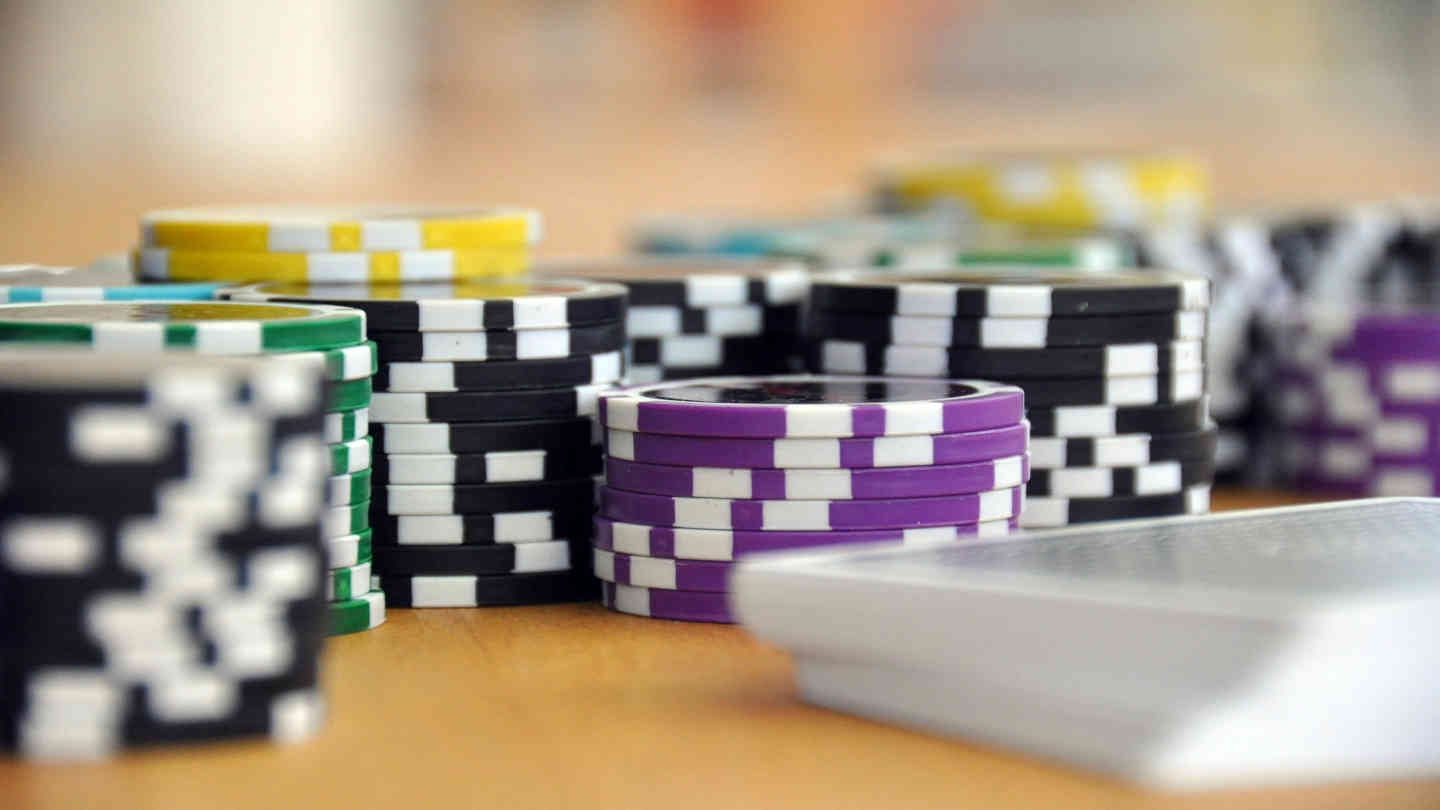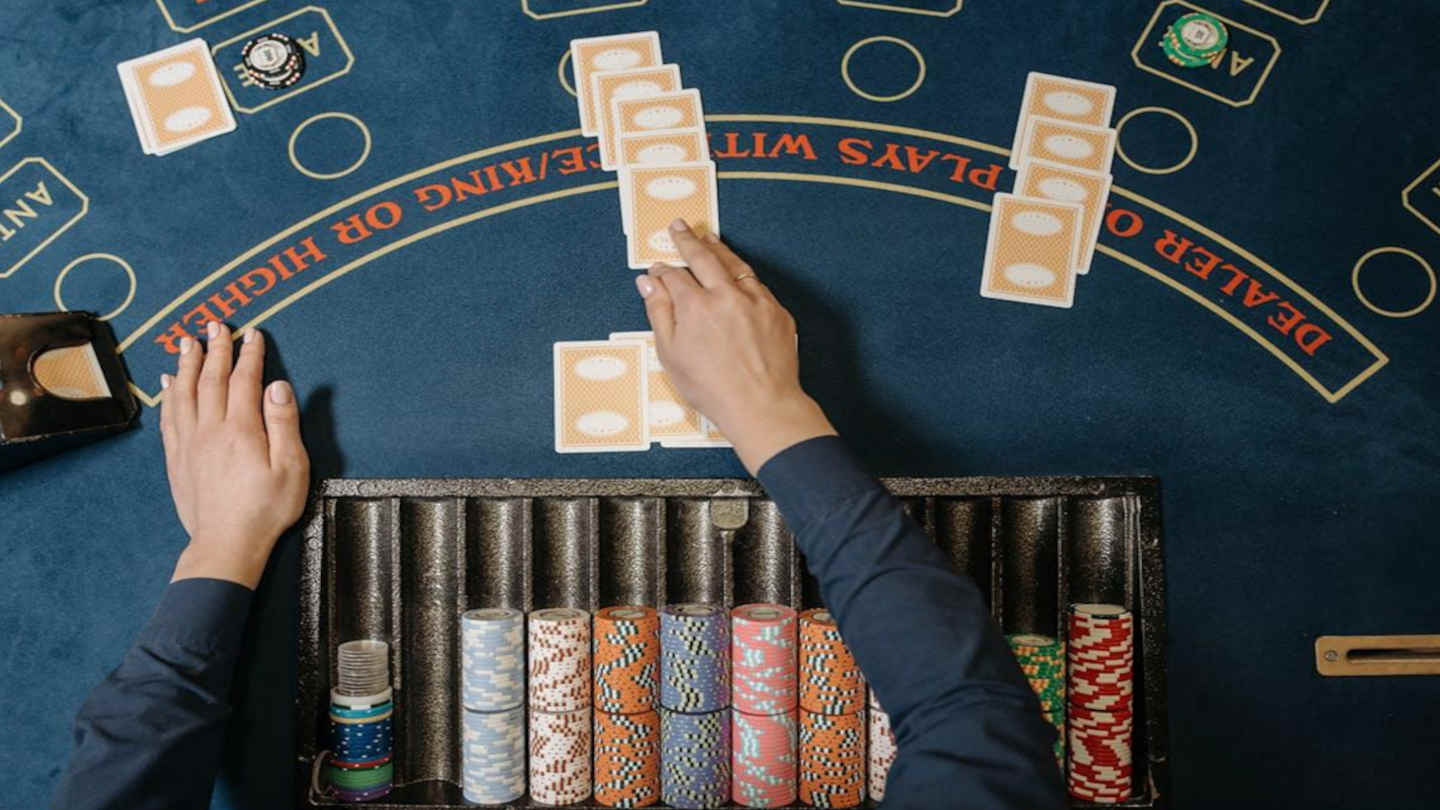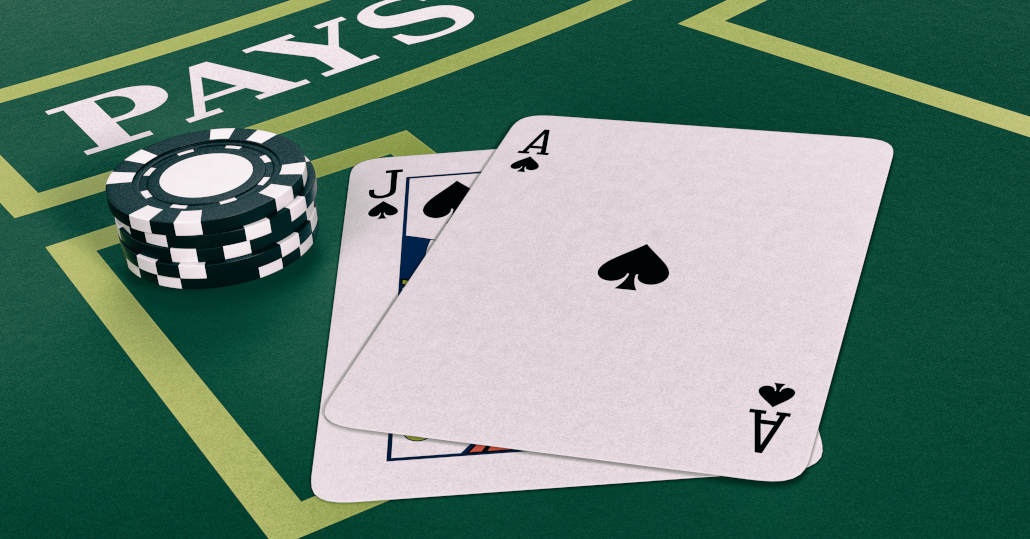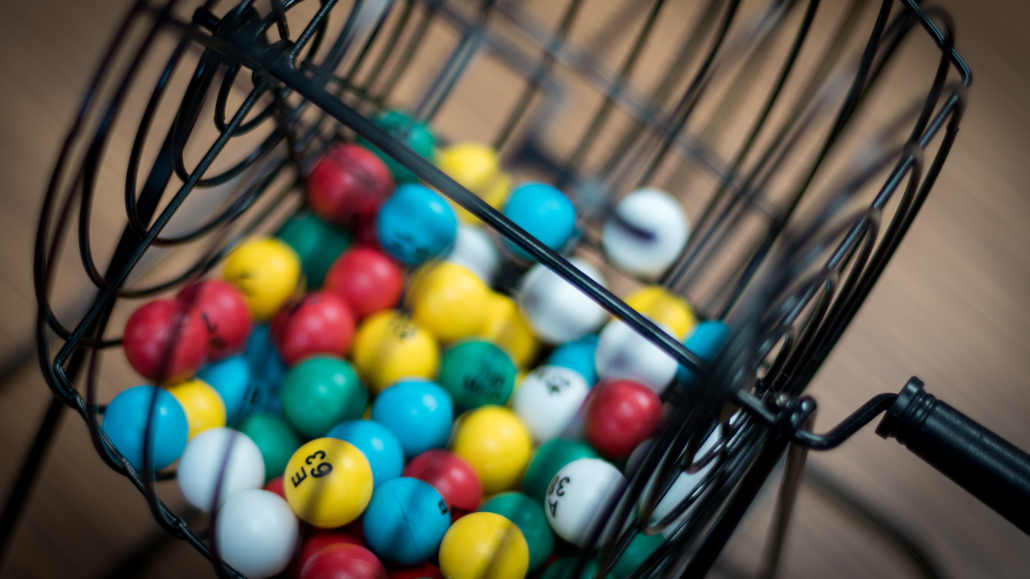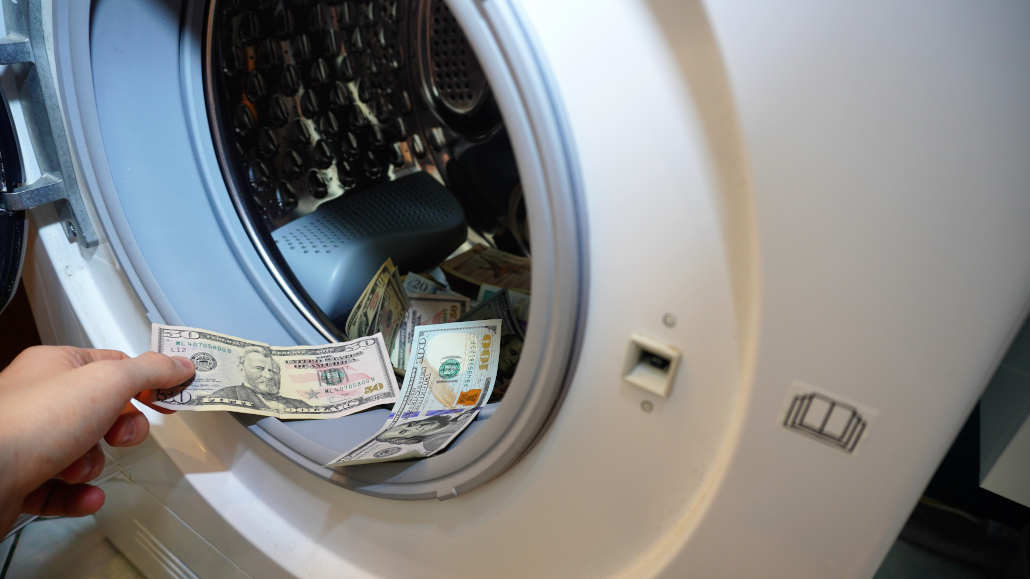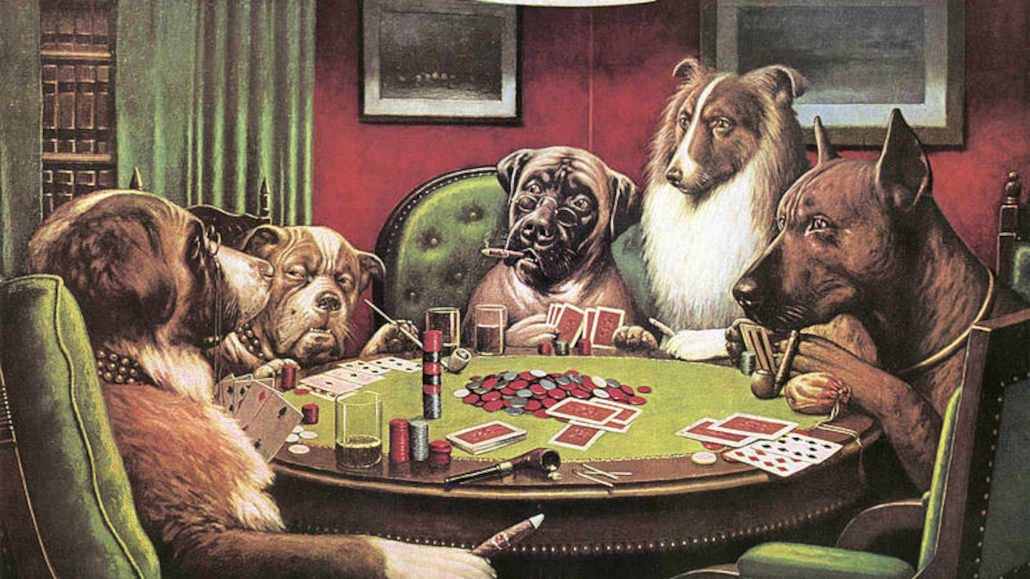French Roulette Wheel Explained – A Guide to Better Game Experience

14 minutes
Last Updated: May 13, 2022
French Roulette Wheel Explained – A Guide to Better Game Experience
France is thought to be the birthplace of modern roulette back in the 1600s. Moreover, in the 1800s, French mathematician and scientist Blaise Pascal was the one who revolutionized the game by adding the 0 pocket on the wheel.
Because of the game’s rich history in this country, many roulette fans consider the French roulette version the oldest of the three major variations.
If you want to learn everything there is to know about French roulette and have the best experience the next time you play this game, make sure to read this detailed and valuable guide.
We’ll go over all of the details of the French roulette wheels, discuss all of the available bets and odds, and share with you the best betting strategies for successful betting in French roulette.
The French Roulette Wheel Explained
Looking at the layout of the French roulette wheel, you’ll notice that it looks closer to the European version than the American roulette one.
Like the European version, French roulette features 37 total pockets on the wheel. This includes numbers from 1 to 36 in alternating black and red colors and one 0, which is a green pocket.
The green pocket is on the wheel to give the casino the edge and ensure that it’s profitable in the long run. This makes it different from American roulette, which also includes a 00 pocket.
When it comes to the specific order of the numbers of the wheel, you’ll notice the same pattern as on the European roulette wheel.
To be more precise, on the right side of the zero, the black numbers are low (2, 4, 6, 8, 10, 11, 13, 15, and 17), while the red numbers are high ( 19, 21, 23, 25, 27, 30, 32, 34, and 36).
Looking from the left side of the green zero pocket, the red numbers are low (1, 3, 5, 7, 9, 12, 14, 16 and 18) and the black numbers are high (20, 22, 24, 26, 28, 29, 31, 33, and 35).
So, going by the numbers above, you can see eight black and eight red pockets on each side of the French roulette wheel.
Remembering this layout is difficult at first but is something you should try to do if you want to move on to advanced roulette bets.
But, before you can do that, you need to have a solid understanding of the French roulette board layout. This brings us to the next key point of the page.

French Roulette Board Layout
Like European and American roulette, the betting board in the French roulette game can be divided into two main sections, inside bets and outside bets.
Let’s go over each separate bet that falls into these two main sections, one category at a time.
Inside Bets in French Roulette
Inside bets are all bets placed on just one number or a combination that only includes a small group of numbers or adjacent numbers.
These bets are more rewarding but also significantly riskier than outside bets. The inside bets in French roulette are:
- Straight Up – The most straightforward bet in French roulette. You’re betting on just one number, and it can be any number you choose, including zero.
- Split – The split bet involves betting on two adjacent numbers. Just like the previous bet, this bet can include zero.
- Street – This inside bet covers three numbers in a row, and you place it by putting your chips on the line at the end of the row you’re betting on.
- Corner – Includes betting on four adjacent numbers on the betting board. This can include any four numbers with touching corners, including 0, 1, 2, and 3.
- Line – This bet covers six numbers or two rows of three numbers, and you place it by putting your chips on the border at the end of two rows.
Outside Bets in French Roulette
Unlike inside bets, which only cover a handful of numbers, outside bets cover large groups of numbers, providing you with better winning odds but smaller rewards.
Here’s a rundown of all outside bets available in French roulette:
- Columns – This outside bet features an entire column, giving you three possible choices when betting. You place the chips in the box at the far right end of the column you want to wager on.
- Dozens – The dozens bet gives you three betting options, distinctively marked in the bottom right corner of the French roulette betting board. These options are marked as 12P (numbers from 1 to 12), 12M (numbers from 13 to 24), and 12D (numbers from 25 to 36).
- Red/Black – The only color bet in French roulette, this involves guessing whether the ball will stop in a black or red pocket. If it lands on the green zero pocket, you automatically forfeit the bet.
- Low/High – The second type of even money bets, when you place a low/high bet, you’re choosing whether the ball will land on a number 1 to 18 (the Manque box bet) or between 19 and 36 (the Passe box bet). If it lands on zero, you lose the bet.
- Odd/Even – Like all even-money outside bets above, this one involves choosing between two possible options, odd or even numbers. If the ball lands on zero, you automatically lose the bet.
Apart from these two types of bets you can find on all roulette variations, French roulette also comes with a couple of unique rules you should know of so you can capitalize on them if the opportunity arises. These are the En Prison and the La Partage rules.
You can use the En Prison rule in your favor if you place an even-money outside bet and the ball lands on the zero.
According to the En Prison rule, after such a spin outcome, if you call to the En Prison rule, the stake will be left on the previous bet, and the croupier marks it to show that it’s En Prison (in prison).
If the bet wins on the following spin, you get your stake back, if it loses, you forfeit the stake. In other words, you have the opportunity to recoup your losses after a bad spin.
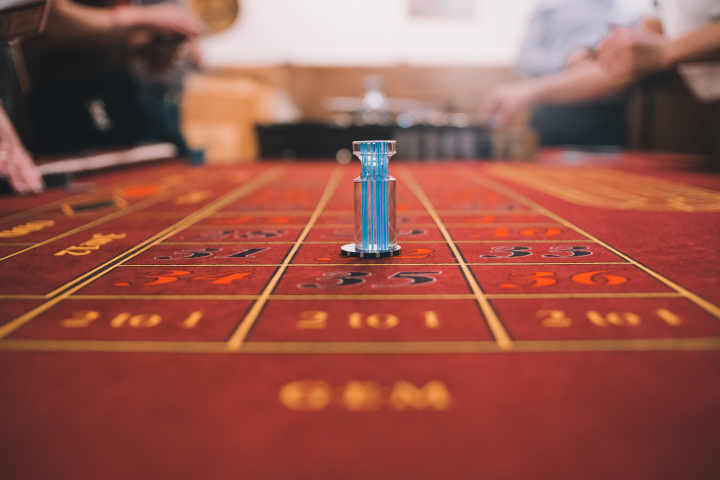
In case you find yourself in an identical situation like above, you can also take advantage of the La Partage rule. This rule is even more advantageous than the previous one, as it immediately gives you back half of your original wager while the other half goes to the house.
Although this option doesn’t allow you to spin again in hopes of a win, it actually lowers the house edge to make French roulette even more favorable than European roulette, but more on that later.
Advanced Bets in French Roulette
Like European roulette, French roulette allows you to make announced bets, also known as called bets.
These are more advanced and complex, so many beginner players avoid placing them until they’re certain they’ve mastered the French roulette wheel well enough.
If you’re confident in your roulette skills and want to mix things up by placing these advanced bets, the main types of announced bets in French roulette come with these fancy-sounding foreign names:
- Voisins du Zero – Literally translated as “neighbors of zero”, this bet covers all numbers on the wheel between 22 and 25. It involves nine casino chips spread across corners, splits, and streets.
- Le Tiers Du Cylindre – Translated as “thirds of the wheel”, it involves betting on all numbers that are opposite to the zero on the wheel.
- Jue Zero – French for “Zero Game”, this bet covers the zero itself and six numbers on both sides of the zero on the wheel. You place this bet by betting three splits and a straight bet on 26.
- Orphelins – Known as “orphans”, it’s one of the player-favorite bets. The Orphelins bet includes betting on the eight remaining numbers not included in the previous three bets. You can place it as four splits and one straight bet or eight straight bets.
- Finales – This unique bet involves placing a stake on all numbers that use the same number or follow a specific pattern. For example, it includes betting on 5, 15, 25, and 35 or 6, 16, 26, and 36.
French Roulette House Edge
French roulette’s house edge is what really helps this game stand out as the most favorable roulette variation around. The house edge of this version is 2.70%, identical to the one that comes with European roulette and better than the American roulette’s one, which is 5.26%.
The reason why French and European roulette have a more favorable house edge than the American version is that they only have one 0 pocket. In contrast, the American roulette wheel has both a 0 and a 00.
What’s more, while European and French roulette have the same house edge, the additional La Partage and En Prison rules we’ve discussed above make French roulette even more advantageous for the player.
As we’ve mentioned above, these rules apply to even money bets and help you effectively lower the house edge to just 1.35%.
Because of this, we recommend always playing French roulette over any other version if you want to give yourself the best winning chances.
Equally as important as the house edge, you should also know what your potential chances of landing specific bets are and what payouts you can expect in return.
With this in mind, we’ve crafted this detailed table covering all of the odd and payout numbers to remember:
| Type of Bet | Bet Payout | Probability |
| High/Low Bet | 1/1 | 48.64% |
| Odd/Even Bet | 1/1 | 48.64% |
| Red/Black Bet | 1/1 | 48.64% |
| Dozens | 2/1 | 32.4% |
| Columns | 2/1 | 32.4% |
| Six Line | 5/1 | 16.2% |
| Corner | 8/1 | 10.81% |
| Street | 11/1 | 8.11% |
| Split | 17/1 | 5.41% |
| Straight Up | 35/1 | 2.70% |
How to Play French Roulette
Now that you know all of the French roulette rules let’s move on to the actual betting process and how you play this casino game.
Every game of French roulette starts with the players placing their bets. That said, before you go to a casino with a French roulette game, make sure to familiarize yourself with the French words, primarily those that cover the advanced called bets.
As you place your bets on the betting board or announce them to the croupier, they will wait some time before placing the ball into the wheel.
The amount of time the croupier will wait depends on the table and the croupier themself, so there’s no precise way to tell how much time you have to bet.
Even after the croupier spins the wheel and puts the ball in, you’ll have a short window of time to place any extra bets.
But, all betting must stop as soon as the croupier announces that there are no more bets for the round. If you continue betting after this, your bet will likely get disqualified.
After the ball lands in a pocket, the croupier will first collect the chips from the losing players and leave the winning chips on the betting board.
Next, they will pay out all of the winning players at the table. After settling all of the bets, the croupier will announce the next betting round, after which you can place the bets again.
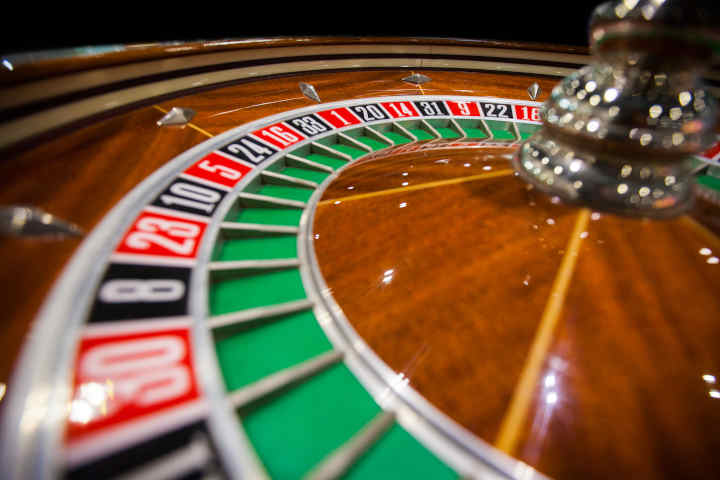
Best Betting Strategies for French Roulette
Like any other casino game, French roulette offers many opportunities for strategic betting. That said, before we dig deeper into the specific roulette betting strategies we want to share with you, we should make an important distinction.
Roulette is a luck-based game, so you can’t actually make any decisions to impact the outcomes and shift the chances in your favor.
So, these strategies focus on making smart bets and getting the most value from your bankroll. Let’s take a closer look at the two best strategies for French roulette:
The Martingale Strategy
The Martingale strategy is the best-known and most popular French roulette bet among players. That said, it’s also a very risky one, meaning that it’s certainly not for every player’s bankroll.
The concept behind this betting strategy is fairly simple and easy to remember. You double the bet after every loss so that, when you win, no matter how many times you’ve lost, you’re back at your initial bankroll and make some profit.
The crux behind the Martingale betting strategy is that you’re betting big to win small. In theory, this strategy is flawless and guaranteed to work every time.
But, as it requires a relatively large bankroll in case you end up on a losing streak, you should ideally start at the French roulette’s table minimum betting amount.
This is because the house edge and steep progression betting system can quickly eat up your bankroll if you’re not careful.
The Fibonacci System
Named after the Italian mathematician from the middle ages, this system involves betting based on a specific sequence of numbers in which every next number equals the sum of the previous two numbers.
The sequence goes like this: 1, 1, 2, 3, 5, 8, 13, 21, 34, and up to infinity.
You can use this betting system exclusively on even-money bets and no other betting options at the table.
In simple terms, you follow the Fibonacci sequence until you hit a win, after which you should revert to your initial bet. So, let’s take a look at a quick example.
Let’s say you bet $10 on the first spin. If you lose, your bet for the next spin should also be $10. If you lose again, increase your bet to $20, and then $30 if you lose that one, and so on until you win. When you hit a win, revert back to your initial bet.
Should You Play French Roulette?
At the end of the day, you’re the only one who can answer this question. Moreover, you’re the only one who will pick the types of bets and make the betting decisions.
This roulette guide merely contains all of the information you need to know to be successful at French roulette, both online and at land-based casinos.
If this page has helped you decide that French roulette is the best version of this game for you, make sure to remember all of the tips we’ve shared above. If you do so, you’re guaranteed a very entertaining and potentially lucrative gaming experience!






